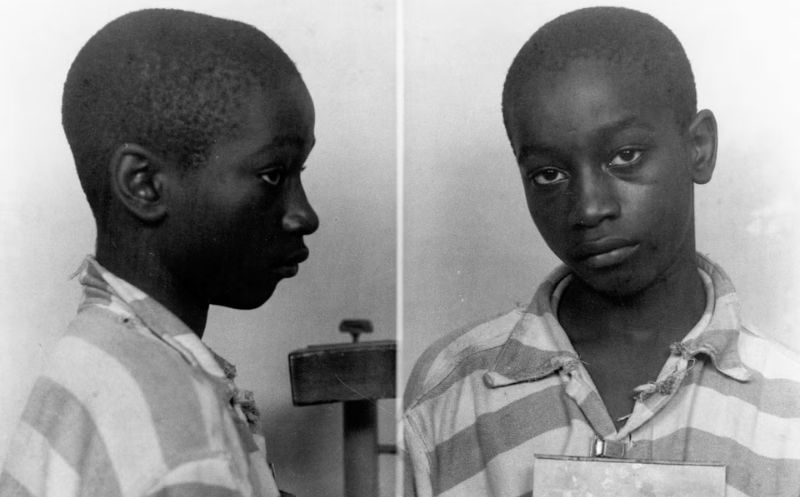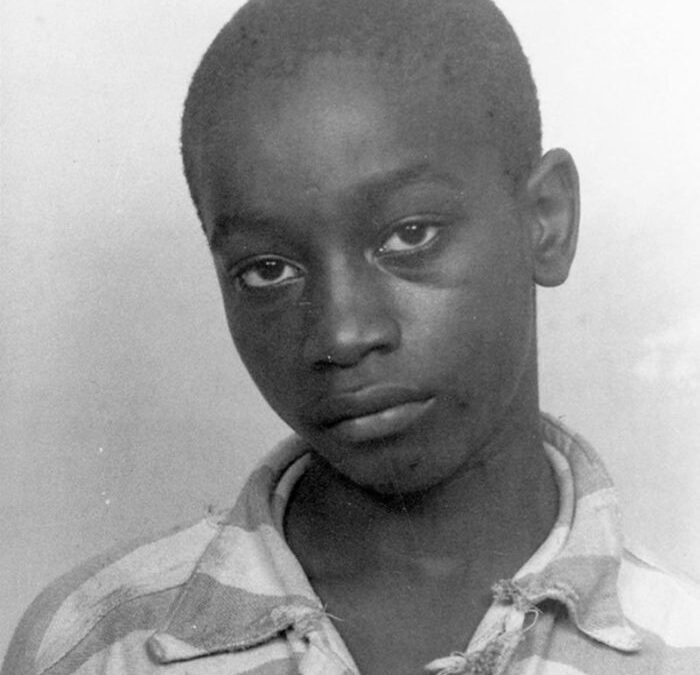George Stinney, a name that resonates with the most flagrant injustice. At the tender age of 14, he was executed for a crime that still raises doubts and questions today. His story has come to symbolize the deep flaws in the justice system, highlighting prejudice based on race and age. Despite efforts to exonerate his name, grey areas persist, raising concerns about the truth of this tragic case.

Who was George Stinney?
George Stinney was a 14-year-old African-American boy accused of committing an unforgivable crime against two white girls in South Carolina in 1944. This hasty accusation led to his arrest, summary judgment and conviction in just a few weeks, with no physical evidence to link him to the charges. Worse still, Stinney was executed in the electric chair, becoming the youngest person to be put to death in the USA in the 20th century. His case has since been reopened and his conviction overturned, but the shadow of suspicion still hangs over the judicial system that sentenced him to death.
What happened at his trial?
George Stinney’s trial is infamous for its many irregularities and violations of fundamental principles of justice. From the outset, Stinney was denied the right to be accompanied by a lawyer, and his confession was obtained by force and intimidation. The trial, which lasted just two and a half hours, was conducted in a hurried atmosphere, and the all-white jury took just ten minutes to deliberate before returning a guilty verdict. There was no physical evidence linking Stinney to the crime, and the prosecution relied solely on his confession. This raised serious questions about the fairness of Stinney’s trial, making his case a symbol of the injustices suffered by African-Americans in the criminal justice system.
What evidence was presented against him?
The case against George Stinney rested exclusively on his confession, obtained under troubling circumstances marked by coercion and intimidation. No material evidence was presented to link him to the crime, and the prosecution called no witnesses to testify for the prosecution. For his part, Stinney’s defense attorney presented no evidence and called no witnesses, arguing that the prosecution’s case was weak and that Stinney’s confession had been extorted. Despite this lack of evidence, Stinney was convicted and sentenced to death, sealing his fate in a tragedy of unimaginable proportions.
What were the flaws in the trial and conviction?
George Stinney’s trial and conviction were flawed and grossly unfair. The prosecution relied solely on a confession obtained by force, without solid material evidence or the support of witnesses. Stinney’s defense counsel was unable to adequately represent him, and the all-white jury was not impartial. In addition, Stinney’s age and mental capacity were not properly taken into account during the trial, overlooking crucial elements that could have influenced the verdict. These glaring flaws raise fundamental questions about the fairness and validity of George Stinney’s conviction and execution.
What can be done to remedy the injustice suffered by George Stinney?
In recent years, efforts have been made to right the wrongs committed against George Stinney. In 2014, his conviction was posthumously overturned by a South Carolina judge, who pointed out the disregard for fundamental principles of justice and the inadequate representation he had received at his trial. However, this decision was subsequently overturned by the State Supreme Court. In 2020, a petition was filed with the South Carolina Board of Parole and Pardons, requesting a posthumous pardon for George Stinney. This petition is still pending, but it has drawn attention to the case and the need to finally bring justice to George Stinney and his family, who have been victims of a flawed and biased justice system.
Also read our article: Thomas Fuller – The mathematical genius known as the « Virginia Calculator










